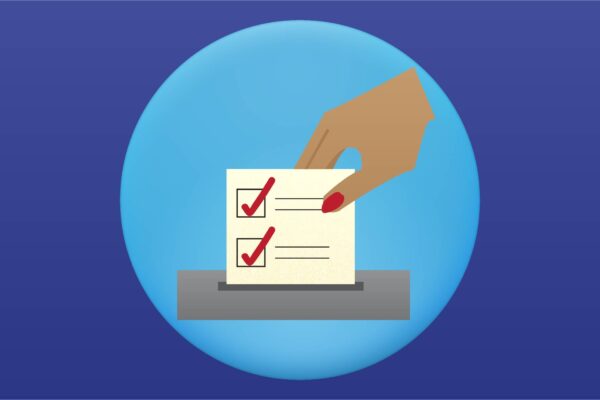Redistricting. It isn't a sexy topic, but it strikes at the core of what it means have equal rights and equal opportunity in our country -- the right to vote for legislators who will serve our interests.
For years Native Americans in Montana didn't have much of an opportunity to elect state senators and representatives who truly represented them. Voting districts were drawn in a manner that separated tribal populations and prevented them to vote in large enough blocks to elect Native American legislators. But in the 1980s that began to change.
In 1983 Crow and Northern Cheyenne tribal members filed a lawsuit, Windy Boy v. County of Big Horn, in state court alleging countywide elections diluted the Native vote.
Despite the fact that nearly half of Big Horn County's voting-age population was Native American, no member of the Crow or Northern Cheyenne tribes had ever been elected to serve on a school board or as a county commissioner. In 1986, District Court Judge Edward Rafeedie found that Big Horn County had violated the federal Voting Rights Act, which requires that racial or language minorities have an equal opportunity in the political process.
Big Horn County created smaller districts that allowed for majority-Indian voting blocs, beginning the creation of an increasing number of majority-Indian voting districts.
Even so, problems continued well into the 1990s, when the ACLU of Montana filed a lawsuit on behalf of tribal members Earl Old Person, Carol Juneau, Joe McDonald, and Jeannine Padilla, successfully challenging the 1992 districting plan implemented by the Montana Districting and Apportionment Commission because it diluted Native voting blocks in Glacier and Lake counties.
The ACLU of Montana is committed to making sure that Native American voters continue to be represented. We've been closely monitoring the redistricting process in meetings across the state.
If you are interested in learning more about the redistricting process, seeing proposed maps or finding out about upcoming meetings, check out the state's webpage on the process.

